Service hotline
+86 0755-83975897
Release date:2021-12-28Author source:KinghelmViews:710
introduction
With the rapid development of mobile Internet and the popularization and application of intelligent terminal equipment, people put forward greater requirements for the rate of mobile communication. The fifth generation mobile communication system (5g) aims to provide a peak rate of 10Gbps ~ 20gbps and a user experience rate of 100Mbps ~ 1Gbps to meet richer business needs. 5g can be widely used in densely populated areas because of its large wireless communication service capacity, many services and high speed. However, it is difficult to give full play to its advantages in sparsely populated areas or areas where it is difficult to lay ground networks. Compared with the ground mobile communication network, the satellite communication system mainly has incomparable advantages such as wide coverage, large communication capacity, small terrain impact, high flexibility and can adapt to a variety of services. Therefore, the satellite can be used to cover sparsely populated areas or areas where it is difficult to lay the ground network, forming a good complementarity with the ground network, so as to realize the real global coverage, Provide undifferentiated communication services for global users.
In fact, the application of satellite communication is earlier than the construction of terrestrial cellular wireless communication. The first commercial communication satellite system in the world was the early bird launched and operated by the international satellite communication organization (intersat) in 1965Satellite system, and the first generation of cellular wireless communication system in the world began to be built in the 1980s.In recent decades, satellite communication systems put into operation internationally include not only INMARSAT, Thuraya and viasat in geostationary orbit, but also iridium, global star and orbcom in low earth orbit.Especially since 2015, there has been an upsurge in the construction of Leo Internet communication constellations, such as oneweb and Starlink, which has attracted much attention.The integration of satellite communication system and ground wireless communication system has once again become the development direction of in-depth demonstration in the world.
01Research status of satellite and 5g fusion
At the beginning of the 21st century, operators made satellite communication enter the mainstream market by obtaining the authorization to establish satellite ground hybrid communication network, and added ground auxiliary component (ATC) or ground supplementary component (CGC) in order to expand satellite communication network. ATC refers to a ground auxiliary base station for satellite mobile communication. The satellite and a large number of ATC base stations are combined to achieve seamless coverage in a large area, so it can be used to solve the problem of satellite communicationIn cities with high-rise buildings and poor indoor coverage, but some problems are also involvedComplex problems, such as frequency multiplexing of satellite and ATC base stations, handover and coordination control of earth and sky systems.
With the increasing maturity of 5g technology, the integration of 5g and satellite has attracted extensive attention at home and abroad. Standardization organizations such as the International Telecommunication Union (ITU) and the Third Generation Partnership Program (3GPP) have invested a lot of energy in the technical demonstration of satellite integrated 5g system.
1) In 2016, the International Telecommunication Union proposed that "the next generation mobile communication network should meet the demand that users can access services anytime and anywhere", and launched itu-rm. [NGAT] in the field of satellite access technology_ For the research of SAT standard, four typical application scenarios are proposed for satellite ground integration, including relay broadband transmission service, data return and distribution service, broadband mobile communication service and hybrid multimedia service, as shown in the figure below, and the key characteristics to support the above applications are defined. In addition, ITU also actively promoted the work on the frequency use of satellite and 5g, and carried out a series of spectrum sharing and electromagnetic compatibility analysis between satellite and 5g.
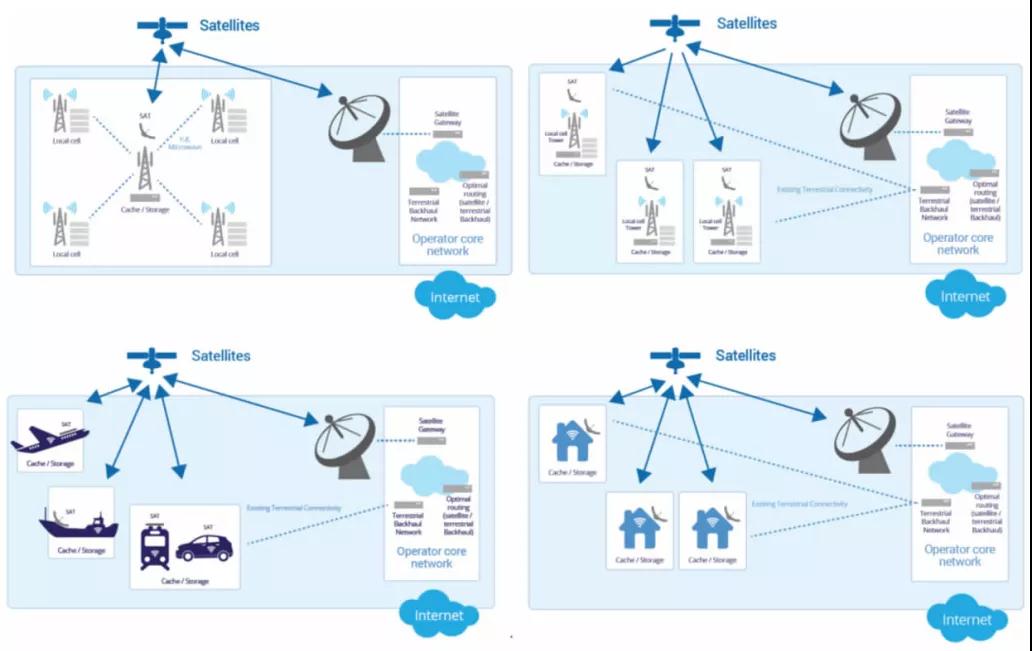
Figure 1 four application scenarios of satellite ground fusion system given by ITU
2) The Third Generation Partnership Program (3GPP) has demonstrated the advantages of satellite communication to ground mobile communication system since the release 14 Standard in 2017. In the technical report tr22.822 released at the end of 2017, 3GPP working group SA1 defined three major technologies for using satellite access in 5g: continuous service, ubiquitous service and extended serviceUse cases, and discusses the requirements of new and existing services. At present, 3GPP mainly relies on the research project called "non ground network (NTN)" to carry out research on the deployment scenario and air interface design of satellite communication in 5g.
3) In June 2017, sat5g (satellite and terrestrial network for 5g) alliance was established in Europe. Its members include BT, SES, Avanti, University of Surrey and other European enterprises and research institutions, aiming to provide 5g with a cost-effective, plug and play satellite solution and provide sustained growth market opportunities for the satellite industry chain. The 2018 European network and communication conference was held in Ljubljana, Slovenia. At the conference, five sat5g members demonstrated the integration of satellite and 3GPP network architecture, including VT IDI rect and SES.
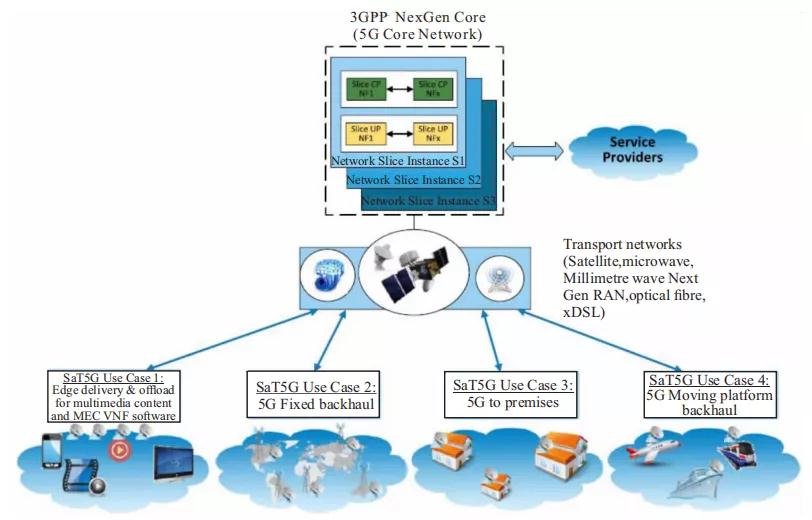
Figure 2 satellite 5g application scenario given by sat5g
4) In order to meet the capacity growth target of 1000x proposed by 5g system, the Sansa (shared access terrestrial satellite backhaul network enabled by smart antenna) program launched under the support of EU h2020 aims to provide a good backhaul link solution for future high-capacity wireless communication systems. Sansa project proposes low overhead smart antenna beamforming technology, dynamic intelligent wireless resource management technology for satellite ground integrated wireless network, dynamic spectrum sharing technology based on database assistance, and carries out in-depth research work.
02Key technologies of satellite 5g fusion
Due to the differences between satellite communication and ground wireless communication in propagation distance, coverage and power capability, realizing the deep integration of the two faces some inevitable challenges. The following analyzes the key technologies of satellite 5g integration from five aspects: architecture, beam coverage, air interface waveform, spectrum sharing and network control.
2.1 architecture
In the architecture of satellite 5g integration, the satellite constellation of high-low orbit hybrid is considered. At the same time, the design of communication frequency band also includes low-frequency band (such as l and s bands) and high-frequency band (such as Ku and Ka bands), taking into account the requirements of medium and low-speed and broadband transmission services. The satellite coverage area moves with the movement of the sub satellite point, and the end user switches between different cells.
The inter satellite chain of LEO satellite constellation is composed of laser or microwave links, and multiple satellites are interconnected to form a space communication network with satellites as switching nodes. The constellation is usually designed by polar orbit constellation, because there is a relatively stable relative position relationship between satellites on adjacent orbital planes (except polar region or reverse slot), which is conducive to maintaining inter satellite links and realizing high latitude coverage. In addition, the satellite feed link service is landing at the gateway station, which realizes the interconnection between the satellite network and ground PSTN, PLMN and the Internet. These operations are realized in Ka or Q / V frequency bands.
At present, there are three main architectures of satellite ground fusion network. The first is satellite ground complementary network. Under this architecture, 5g system and satellite system share the network management center, but their access network and core network remain independent. The access network and some core network functions are provided by the satellite gateway station, and any one or two access modes of cellular and satellite are supported by the terminal. The second is satellite ground hybrid network. Under this architecture, the ground system and satellite system share the network management center, and the air interface part is unified as far as possible to maintain the independence of their respective core networks and frequency bands. The terminal can support two access modes: ground and satellite. The third is the satellite ground integrated network. Its main features are: the access point (AP), frequency, access network and core network of the whole system are completely unified planning and design. It should be pointed out that satellite ground integrated network is the highest stage of satellite ground integrated communication system, which is facing great technical challenges.
2.2 beam coverage
In the satellite ground integrated mobile communication system, by adjusting its point beam and wireless resources, it provides voice and data services exceeding the predetermined capacity for hot spots. This flexible function is realized by digital beamforming (DBF) technology. At present, the digital beamforming technology of satellite communication mainly includes ground DBF, spaceborne DBF and hybrid DBF. Among them, hybrid digital beamforming has a good compromise between performance and complexity, and has been widely studied. When hybrid DBF is adopted, the ground network control center calculates the optimized beamforming matrix according to the beam adjustment requirements and corresponding strategies, and then sends the parameters of the beamforming matrix to the satellite through the feed link. Through the reconstruction of multi beam antenna on the satellite, the beam coverage to the ground is dynamically adjusted.
There are two main types of handoff caused by satellite or terminal mobility: one is the handoff within the satellite system. For LEO satellites, their relative ground position changes rapidly, so that the terminal is continuously covered by the same satellite for only more than ten minutes. Therefore, in order to prevent data loss during switching, inter satellite or inter beam switching must be prepared in advance and implemented quickly. The other is the switching of the terminal between the ground 5g network and the satellite network. This handover needs to consider supporting on-board processing and transparent forwarding architecture, time synchronization, measurement and information coordination. When the cellular network signal is very weak, the terminal will switch from the cellular network to the satellite network, otherwise it will maintain the access of the ground network.
2.3 air port waveform
Orthogonal frequency division multiplexing (OFDM) is still the basic transmission system of 5g system, but the inter carrier interference (ICI) will seriously degrade the system performance. This is because the orthogonal frequency division multiplexing technology is very sensitive to frequency offset, and the crosstalk between subcarriers caused by frequency offset will degrade the communication performance. In order to effectively resist the influence of residual frequency offset on system performance, the design scheme of variable subcarrier bandwidth can be adopted. For L-band with narrow frequency band, since the code rate of voice service supported by it is as low as 2.4kbps, 15KHz or narrower subcarrier design shall be adopted. In Ka band, the subcarrier width that can be used is large. This is because users often surf the Internet with broadband and the minimum elevation angle is large, which can effectively reduce the influence of Doppler effect.
In addition, non orthogonal multiple access (noma) supported by 5g does not require each user to monopolize resources. Users can send and receive information on non orthogonal resources at the same time. Based on multi-user joint detection, mutual interference between users can be avoided by means of signal processing. Compared with the traditional orthogonal access method, the application of noma technology can improve the spectral efficiency by more than three times. At present, noma chip for ground 5g system has been developed and popularized. Noma technology uses complexity in exchange for spectral efficiency, which also means that it will be difficult to apply to long time-delay geostationary orbit (GEO) satellite communication scenarios, because a large number of signaling interactions are used to dynamically control user access parameters. Subsequently, technical research shall be carried out on noma technology in satellite communication.
2.4 spectrum sharing
Whether for satellite communication or ground mobile communication system, the lack of available spectrum has become an urgent problem to be solved. In particular, satellite communication and ground communication have formed a fierce competition in spectrum resources. For example, the C-band and Ka band used by satellite communication system for many years have been authorized to ground 5g system by ITU. The spectrum competition situation between the two includes:
1) Ka Band: in order to meet the rapid growth demand of user rate and system capacity, 5g and satellite communications hope to adopt Ka band or even millimeter wave band. For example, the world radiocommunication conference 2019 (wrc-19) will globally use the spectrum identification with a total bandwidth of 14.75ghz of 24.25 ghz-27.5 GHz, 37 ghz-43.5 GHz and 66 ghz-71 GHz for 5g and future international mobile communication systems; The FCC of the United States has authorized the 27.5ghz-28.35ghz and 37 ghz-38.6 GHz frequency bands to ground 5g, and these frequency bands overlap with the frequency bands used by satellite communication systems.
2) 3ghz-6ghz C-band: many countries have proposed to use C-band as a candidate band for 5g system, including China, EU, Japan and South Korea. However, in Asia, China, Vietnam, Malaysia and other countries have built a large number of satellite communication systems in this frequency band, and it is difficult to coordinate the use of C frequency band for ground 5g system.
Optimal allocation through satellite ground collaborative planning can improve the efficient use of frequency resources. By constructing the satellite ground joint spectrum sensing system, the spectrum sharing between satellite ground communication systems can be realized and the spectrum utilization efficiency can be improved. Compared with terrestrial wireless communication networks, it is more difficult for cognitive users to detect all spectrum in their network environment, which is caused by the wide coverage of satellite communication. The rapid updating of spectrum database, beamforming, the accuracy of spectrum sensing and the description of cognitive region are the research focus of this technology. In addition, from the perspective of resource integration, unified planning and design of cellular communication and satellite communication to solve interference in the way of "spectrum sharing", so promoting the sharing and use of frequency resources can provide a compatible basis for the deep integration of satellite communication system and 5g system.
2.5 network control
The realization of end-to-end network slicing through SDN and nfv technology is the biggest feature of network control cloud in 5g system. SDN and nfv technologies realize the separation of network bearing and control and the software of core network elements respectively. They provide a solid foundation for the realization of network slicingThe foundation of reality.
When the satellite communication system is deeply integrated with the ground 5g, the control function and forwarding function of the satellite core network can be separated to further simplify the forwarding function. In order to support the transmission requirements of high traffic and flexible and balanced traffic load scheduling, the service storage and computing capacity can be moved down from the network center to the network edge.
In order to support integration with the ground, in addition to the nine network functions of 3GPP providing basic service functions, non-3GPP interconnection functions and user plane functions need to be added to the user plane of 5g satellite core network.
03Challenges and research directions of satellite 5g fusion
Although much progress has been made in satellite 5g integration, many technical challenges will be faced to truly realize the beautiful vision of satellite 5g integration. There are many common challenges in the field of satellite and land. Below, we list the main technical challenges and future research directions.
1) Challenges of transmission system: in satellite ground integrated network transmission, Doppler frequency shift, frequency management and interference, power limitation and timing advance are urgent problems to be solved. For Doppler frequency shift, 5g adopts multi carrier OFDM in the transmission system, and its subcarrier spacing design does not consider the influence of large Doppler frequency shift, which will bring interference between subcarriers. In terms of power limitation, it ensures high frequency band utilization and reduces the signal peak to average ratio. Finally, with regard to timing advance, the rapid change of wireless link transmission delay may lead to the need to dynamically update each timing advance of the terminal to ensure the synchronization of all uplink transmissions.
2) Challenges of access and resource management: considering the long delay of satellite ground integrated network, it brings challenges to the access control, HARQ, ARQ and other processes of MAC layer and RLC layer. In terms of access control, in order to support the effective integration of 5g and satellite, it is necessary to design reasonable access mechanisms such as pre authorization, semi continuous scheduling and authorization free. For HARQ, the round-trip time usually exceeds the maximum timer length of HARQ. HARQ process has strict requirements on time. In the scheduling process of MAC layer and RLC layer, the long delay of satellite system will also affect the timeliness of scheduling, so its scheduling delay parameters need to be adjusted.
3) The challenge of mobility management: in the satellite ground integrated network, the challenge of mobility management is more severe. According to the communication level, it can be divided into network level handover and link level handover. According to the application scenario, it is divided into ground cell handover, satellite and ground cell handover, satellite cell handover and inter satellite handover. This problem has been explored, but it needs further research.
04Conclusion
Satellite communication and terrestrial cellular communication systems have experienced nearly three decades of development and have made brilliant achievements. However, due to their inherent limitations, it is difficult to meet people's growing demand for mobile communication and massive data interconnection. In recent years, with the rapid development of Internet of things technology, the future wireless communication system will face the transformation from "people to people" to "people to things" and "things to things", so as to realize ubiquitous communication and interconnection of all things. Through the integrated development of satellite communication and terrestrial cellular communication, to realize complementary advantages will usher in new development opportunities. This paper introduces and discusses the development status, key technologies and challenges of satellite communication and 5g integration, hoping to provide reference and reference for the development of this technology
This article is reproduced from“ Satellite and network”, support the protection of intellectual property rights. Please indicate the original source and author for reprint. If there is infringement, please contact us to delete
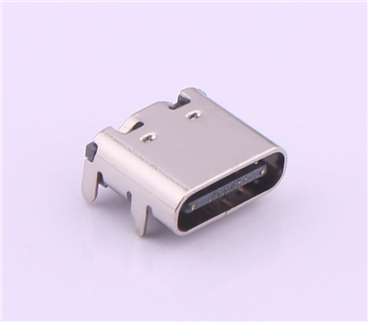
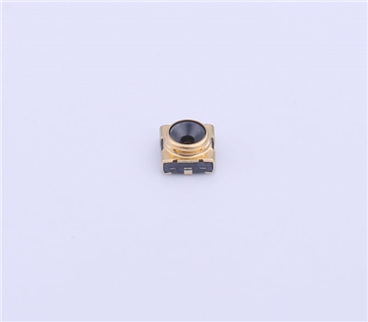
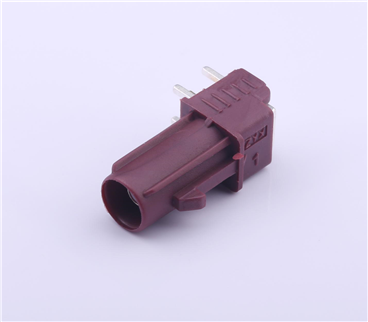
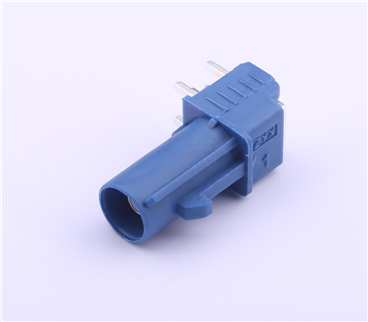
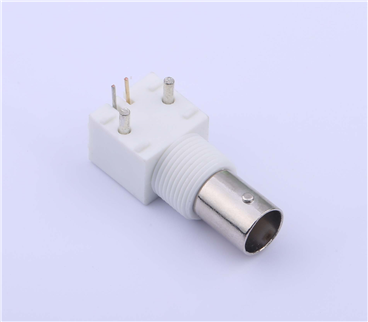
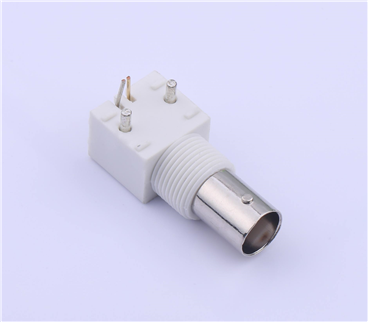

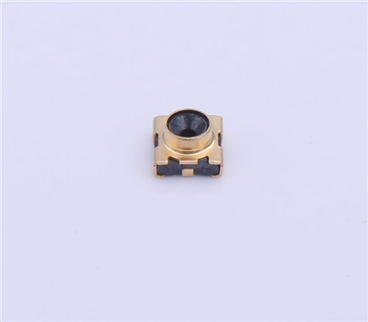
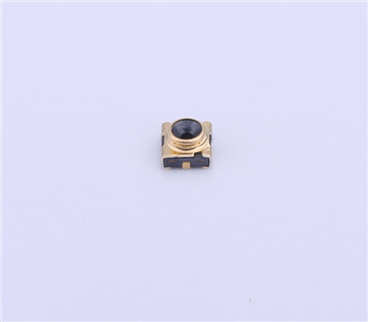
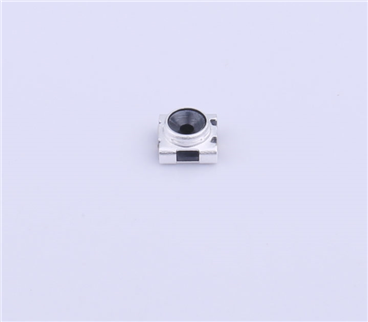
Copyright © Shenzhen Kinghelm Electronics Co., Ltd. all rights reservedYue ICP Bei No. 17113853